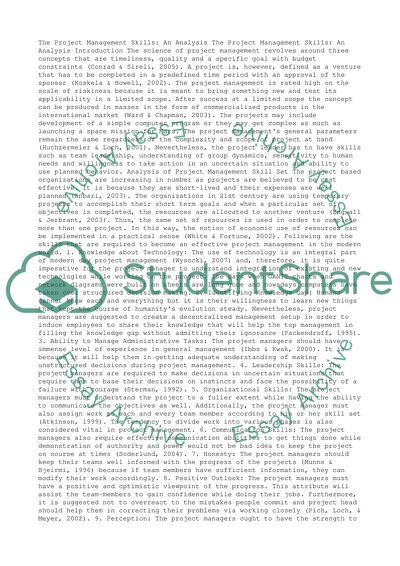ITM501 MoD 2 Case SLP Essay Example | Topics and Well Written Essays - 750 words. Retrieved from https://studentshare.org/business/1483451-itm501-mod-2-case-slp
ITM501 MoD 2 Case SLP Essay Example | Topics and Well Written Essays - 750 Words. https://studentshare.org/business/1483451-itm501-mod-2-case-slp.


